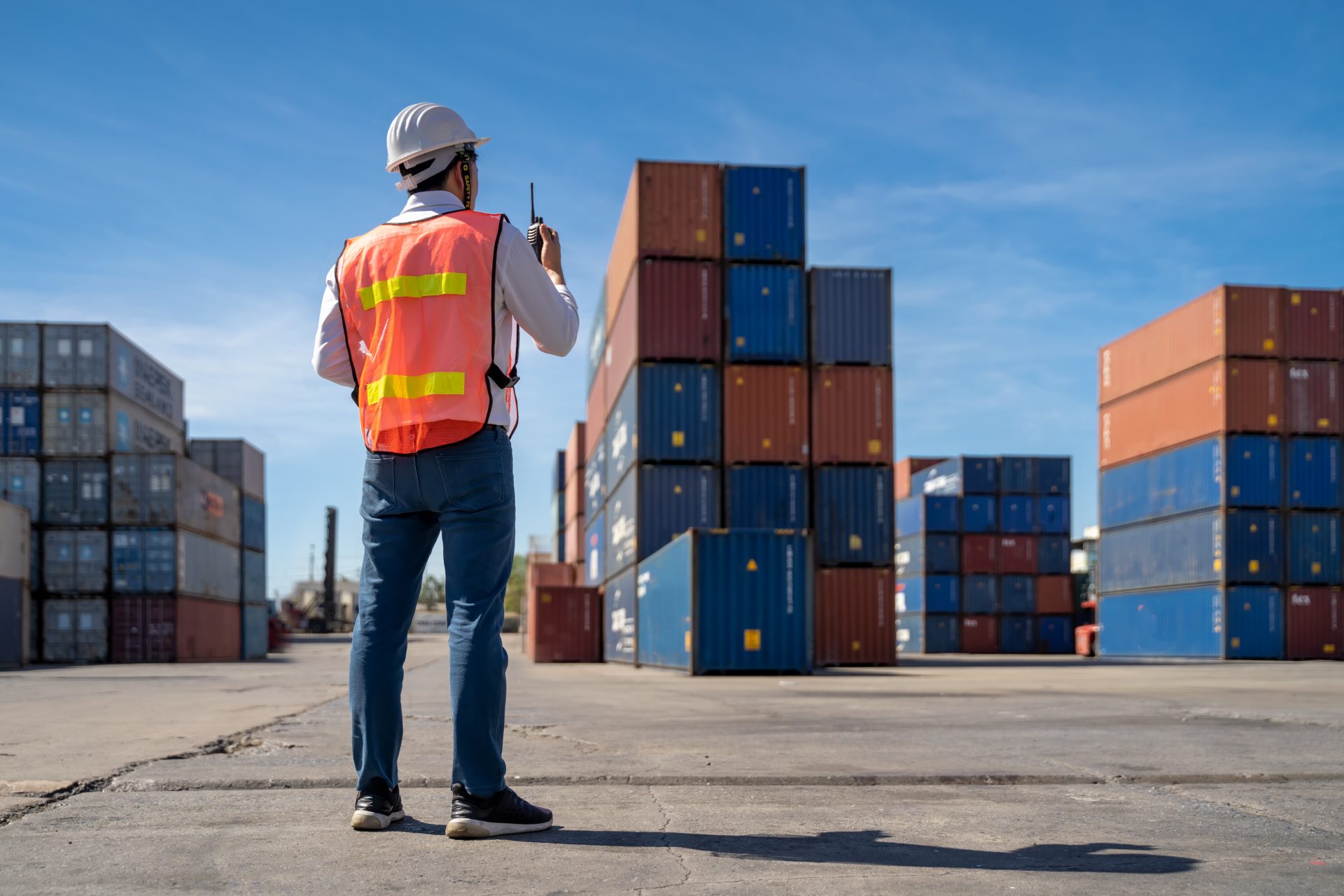October 14, 2025, marked a turning point in global maritime trade. The United States activated new tariffs under Section 301 of its trade legislation, targeting vessels linked to China, in an effort to counter what it considers unfair practices in the naval and logistics sectors. The tariffs—ranging from USD 18 to 50 per ton, and up to USD 120 per unloaded container—apply to both Chinese-owned ships and vessels built in Chinese shipyards. With this measure, Washington aims to revive its domestic shipbuilding industry and reduce dependence on the Asian giant.
China’s response was swift. Beijing imposed reciprocal port fees and restricted access for vessels with U.S. interests, opening a new front of tension that many already describe as a “maritime Cold War.” The impact was immediate: route cancellations, rising insurance premiums, port congestion, and falling spot rates, as shipping lines struggle to redesign routes and absorb the new costs. Nearly 80% of the world’s container ships were built in China, amplifying the global reach of these measures across the entire logistics network.
What began as a trade dispute over manufactured goods has now moved to the seas, reshaping the foundations of global commerce. The U.S. continues to push forward with its Ships for America Act 2.0 to rebuild its fleet, though it faces challenges such as high domestic production costs and limited industrial capacity. Meanwhile, China is tightening control over its ports and maritime data in a logistics sovereignty strategy that signals a new era in global economic competition.
For Ecuador, this scenario presents immediate challenges. The increase in freight costs and the rerouting of vessels could affect non-oil exports, particularly those relying on refrigerated transport, such as shrimp, bananas, and flowers. The reconfiguration of transpacific routes may also alter the frequency of port calls at Guayaquil and Posorja, extending transit times to Asia and the U.S. West Coast.
In this environment, Ecuadorian companies must respond strategically and proactively: diversify suppliers and shipping routes, negotiate with carriers less exposed to the conflict, strengthen ties with regional hubs, and accelerate digitalization of customs and logistics processes to mitigate cost and time impacts.
The maritime rivalry between the U.S. and China is not only redrawing global trade routes—it is redefining the balance of economic power across the oceans. Amid this realignment, adaptability will be essential for Ecuador to maintain competitiveness and ensure the continuity of its foreign trade in a world where the waves of geopolitical tension are already reaching every port.


